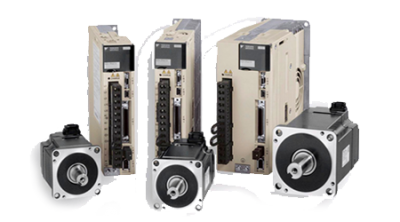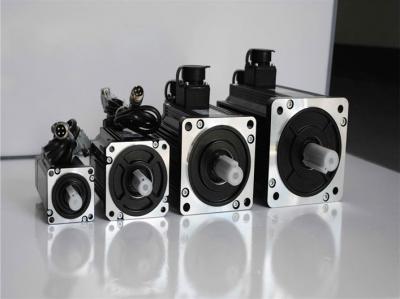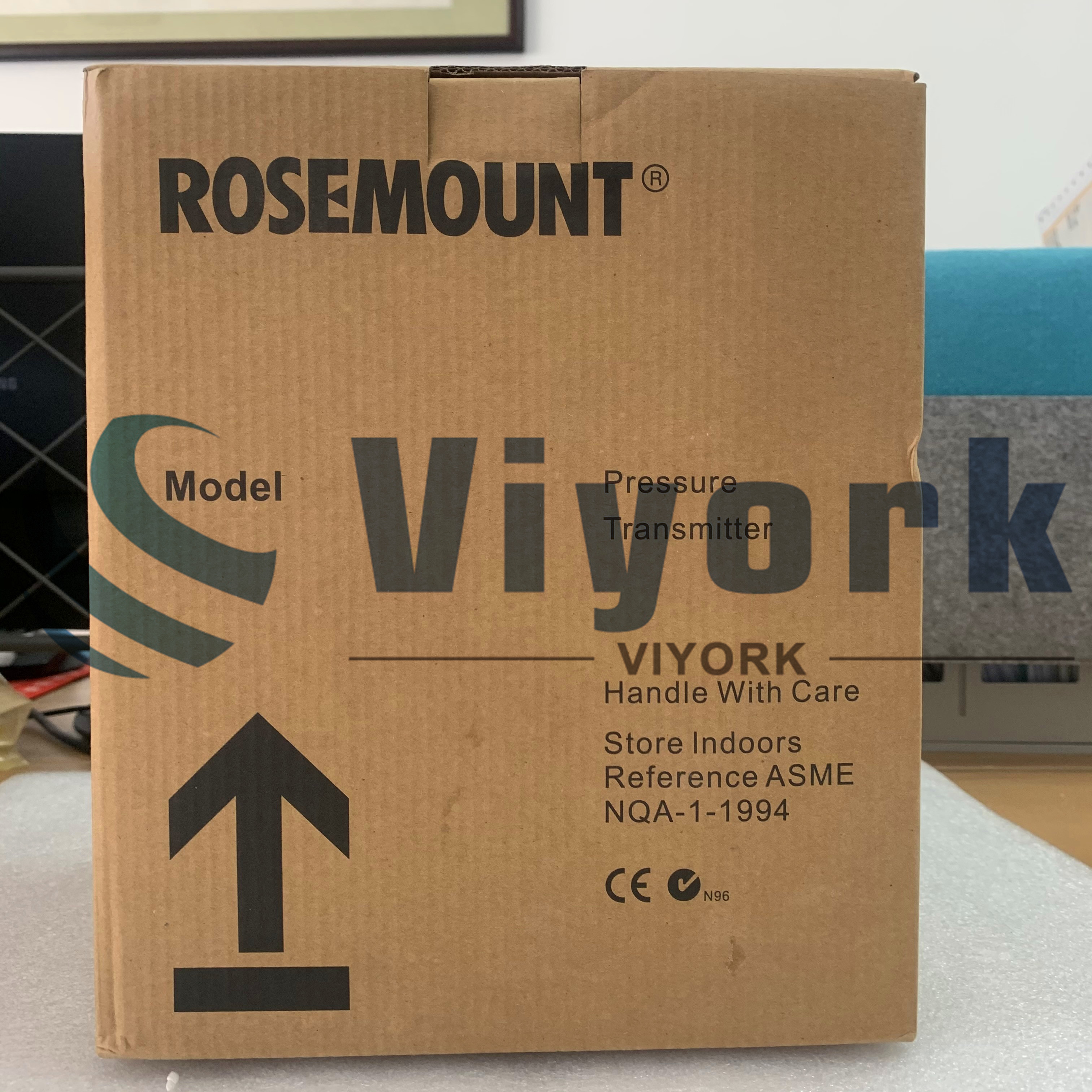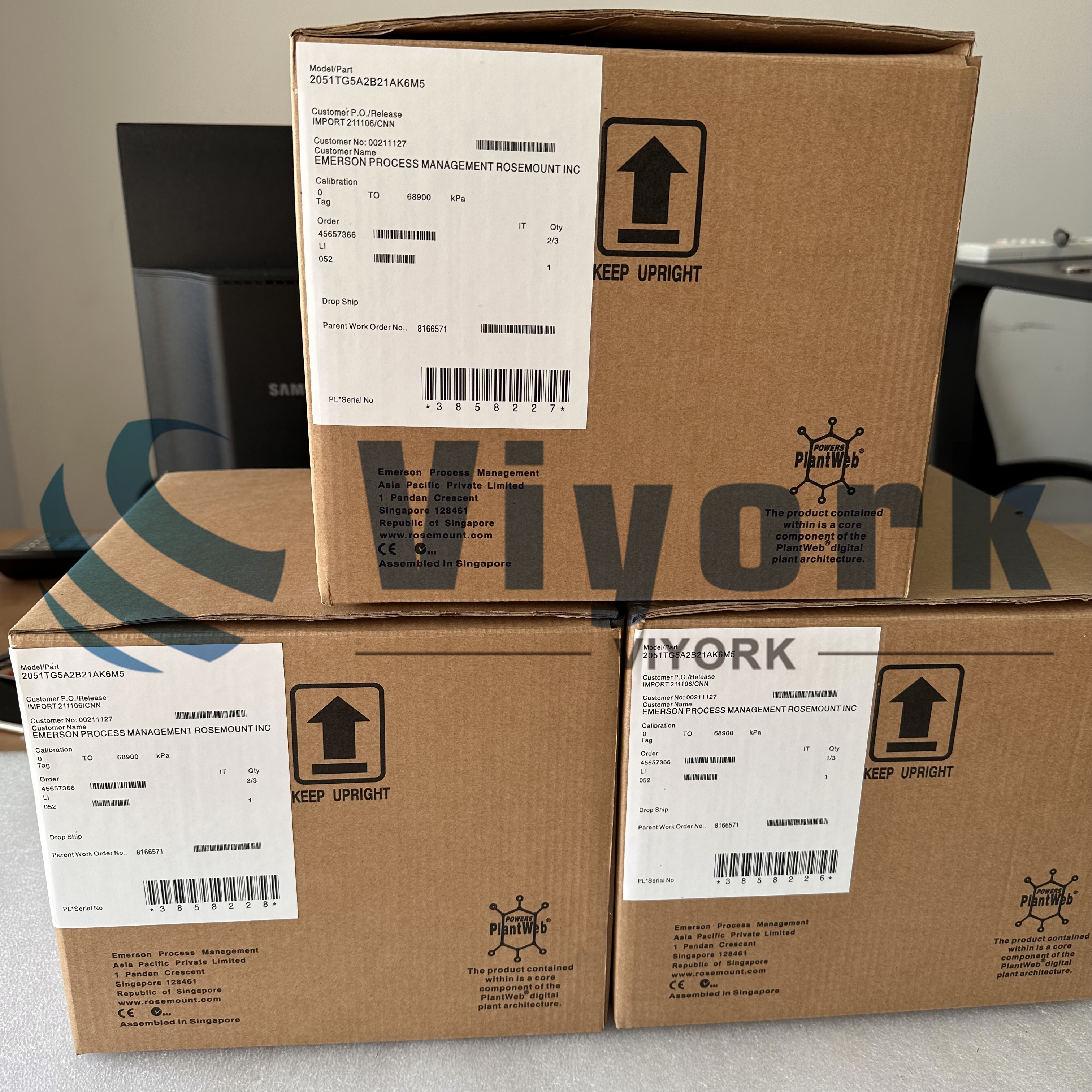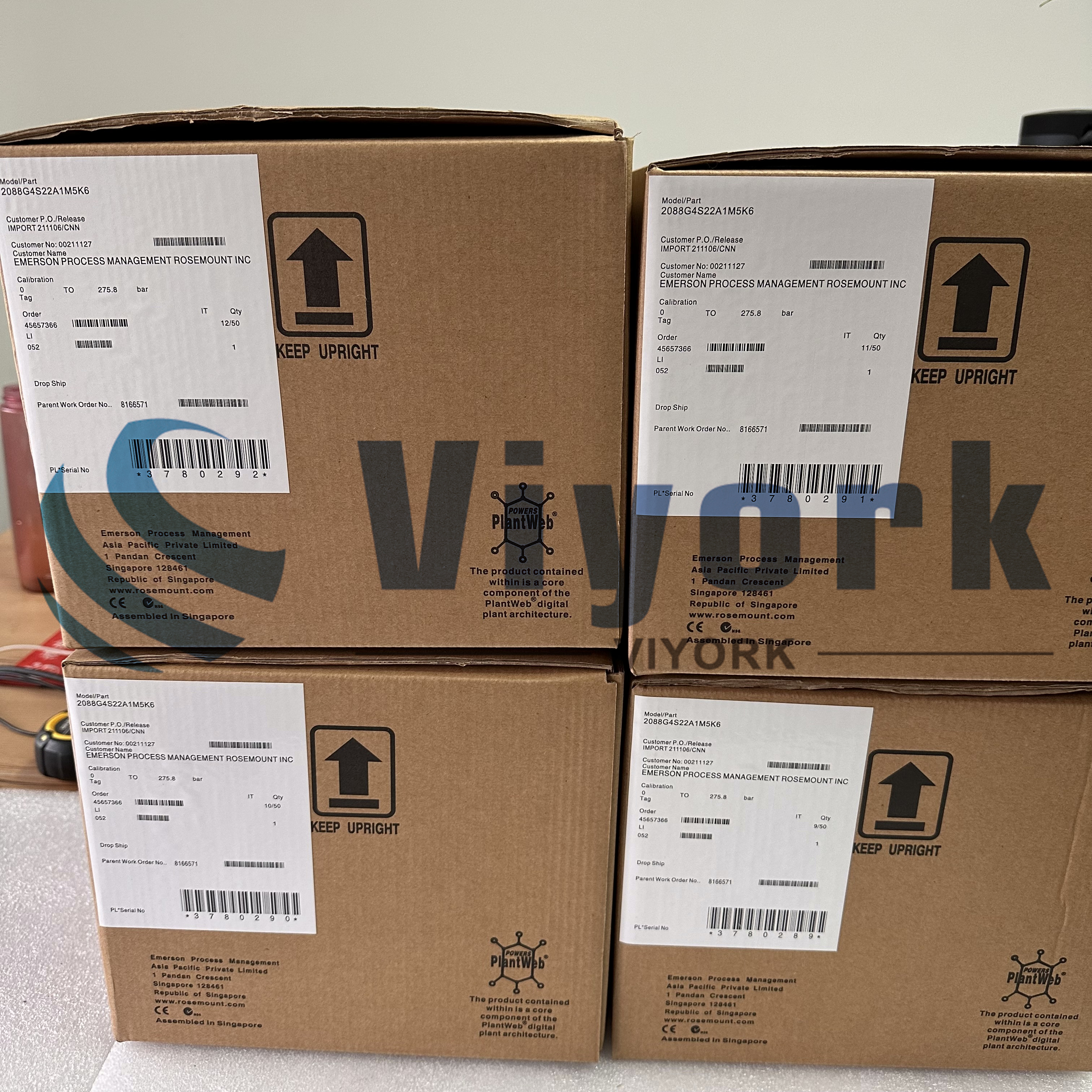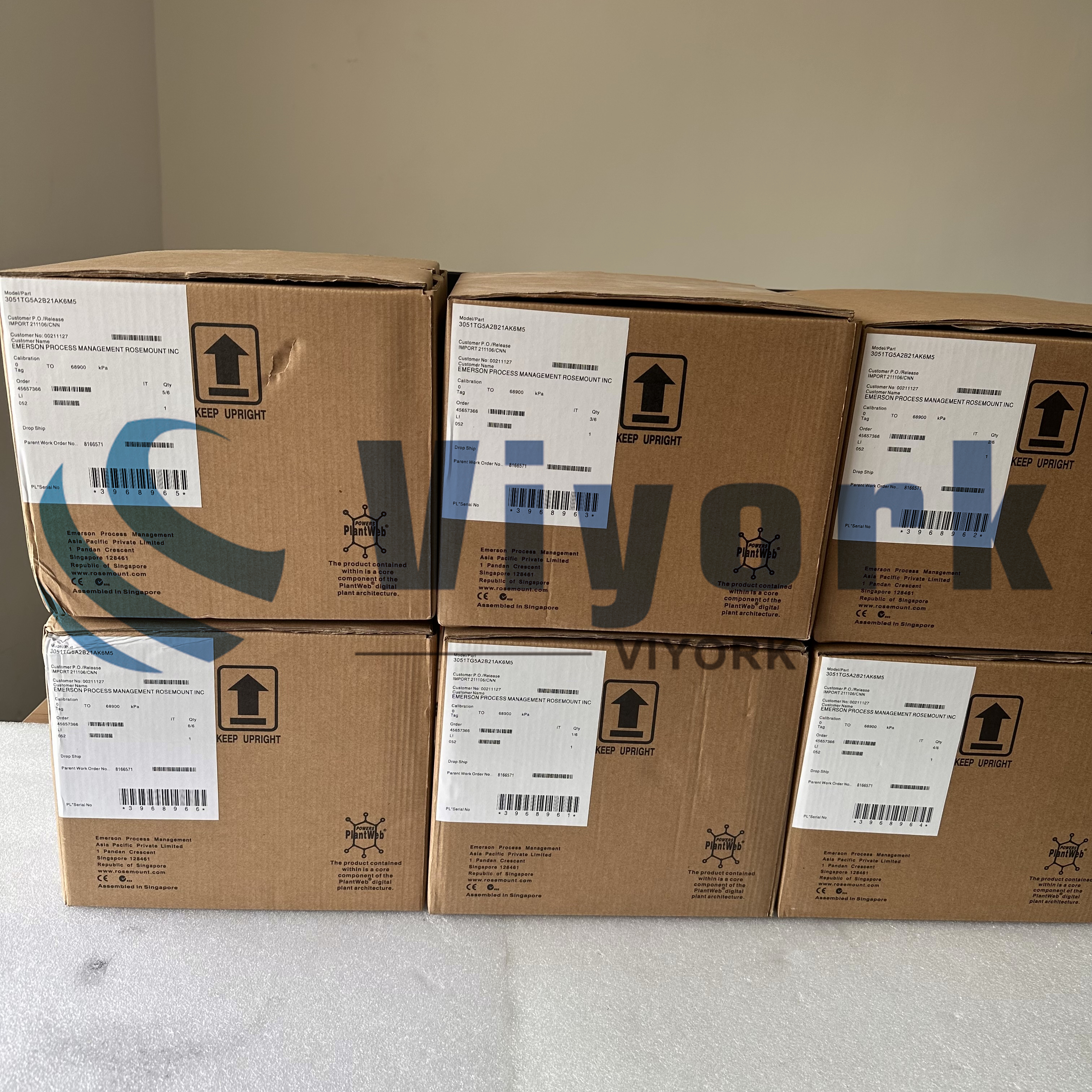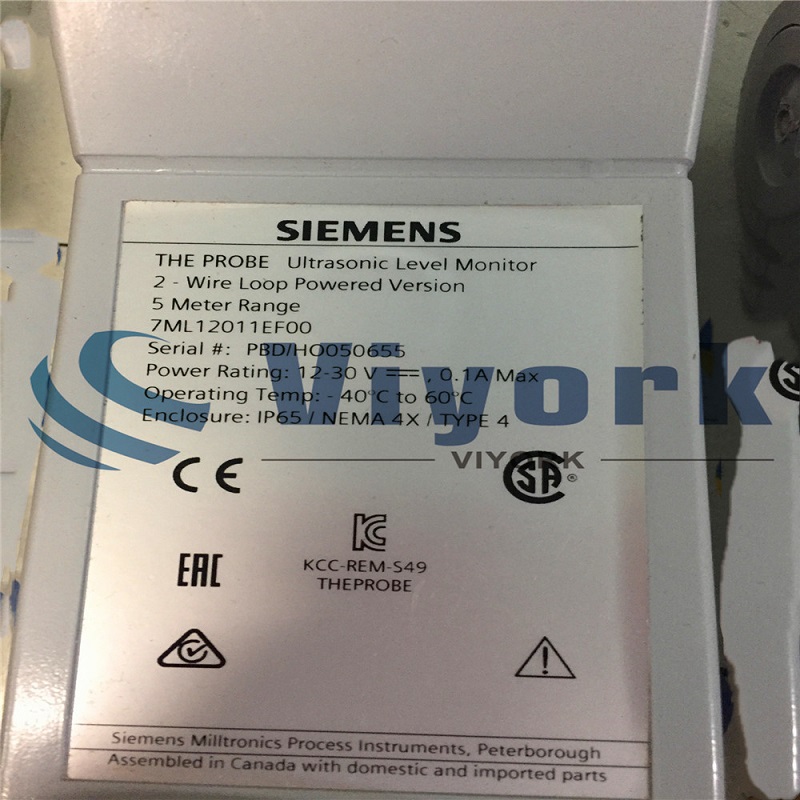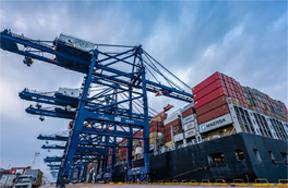
A transmitter is a converter that transforms the output signal of a sensor into a signal that can be recognized by a controller (or a signal source that converts non-electric energy input from a sensor into electrical signals and at the same time amplifies the transmitter for remote measurement and control).
The sensor and transmitter together constitute an automatically controlled monitoring signal source. Different physical quantities require different sensors and corresponding transmitters, such as industrial thermostat controller has specific sensor and transmitter.
There are many kinds of transmitters, mainly used in industrial automation devices above the transmitter are temperature transmitter, pressure transmitter, flow transmitter, current transmitter, voltage transmitter and so on. The sensor which can output a standard signal in the industrial field is called a transmitter. Our company now produce transmitter cooperated with siemens industrial automation and many other companies.
There is some Protect function as below:
1. Input overload protection.
2. Output over current limit protection.
3. Output current long-short circuit protection.
4. TVS suppression protection for transient induced lightning and surge current at two-wire system ports.
5. Overvoltage limit protection of working power ≤35V6. Reverse connection protection of working power supply.
The pressure transmitter converts the mechanical pressure value into a proportional electrical signal. The pressure transmitter is made of a stable main body and a diaphragm. The diaphragm plays an important role in the measurement of pressure. The diaphragm is deflected under the influence of pressure. Thus, the strain gauges attached to it are elongated or compressed and its electrical resistance changes. This change in resistance is directly proportional to the pressure.
Usually, the damage to a high-temperature melt pressure transmitter is due to its improper installation position. If the pressure transmitter is forcibly installed in a hole too small or irregular shape, it may cause the vibration film of the pressure transmitter to be damaged by impact. An appropriate pressure transmitter is beneficial to control the size of the mounting holes. Proper installation torque is good for a good seal. Here are some tips in terms of installing a pressure transmitter properly and rightly.
Verify the frequency response value of the pressure transmitter under normal atmospheric pressure and standard temperature conditions through appropriate instruments.
Check the correctness of the coding of the pressure transmitter and the corresponding frequency response signal.
Determine the number and specific installation position of the pressure sensor, it is necessary to consider each inflating section of the inflating network.
Detect the size of the mounting hole.
A pressure transmitter is one of the most commonly used sensors in industrial practice. It is widely used in a various industrial automation environment, involving water conservancy and hydro-power, railway traffic, intelligent buildings, production automation, aerospace, military, petrochemical, oil Wells, electric power, ships, machine tools, pipelines and many other industries.
A pressure transmitter is used in measuring inlet, outlet or system pressure in the engine test setup. Also, it can measure the pressure of slurry or slush via a flush diaphragm pressure transducer.
Pressure switches functions to operate an electrical circuit when a certain pressure level is exceeded. While pressure transmitters are used to emit a continuous signal which indicates the pressure level. The major difference between the two lies on a pressure switch can directly control a fluid system without a power supply.
 Call us on:
Call us on:  Email Us:
Email Us:  1103, Block C, South Building, Luo Fang Road, Luohu District, Shenzhen, 518001, China
1103, Block C, South Building, Luo Fang Road, Luohu District, Shenzhen, 518001, China 
